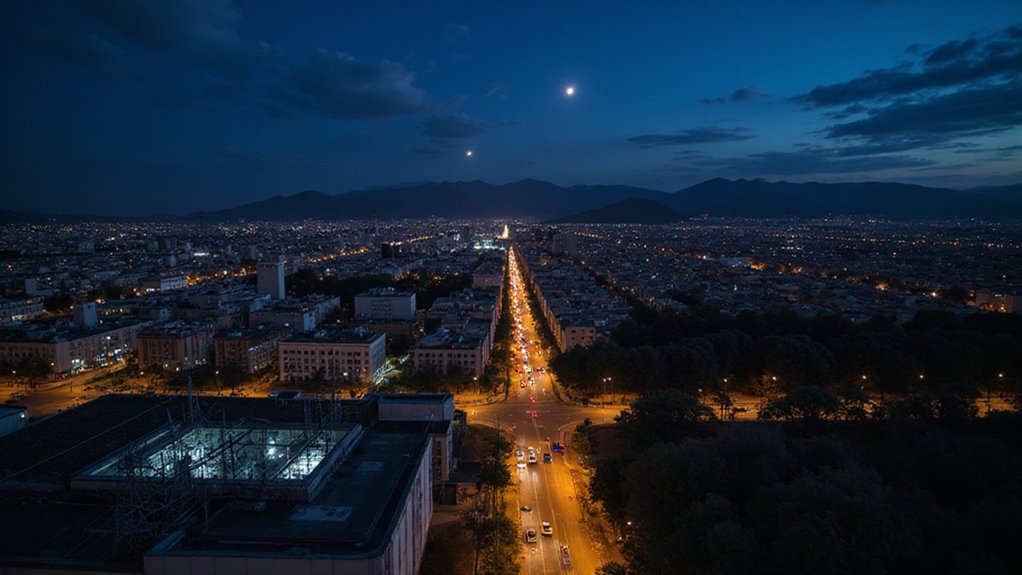Data centers now consume 2% of global electricity, with usage projected to more than double by 2026. This power-hungry industry is driving a renewable energy revolution, with tech giants securing 50 GW of clean energy through 2024. While AI workloads and cloud services increase demand, companies are implementing innovations like liquid cooling and waste heat recovery. Government regulations are emerging as the industry balances digital growth with sustainability. The transformation is reshaping our energy landscape.
As the digital world expands at breakneck speed, data centers have become massive energy consumers, now accounting for 2% of global electricity usage. These digital powerhouses gobbled up 460 TWh of electricity in 2022, with projections showing this could rise to as much as 1050 TWh by 2026. In the U.S. alone, data centers use 200 TWh annually, representing 6% of the country’s total electricity consumption.
The surge in power demand comes from several sources. AI workloads, cloud computing, and our growing appetite for internet services all contribute to this rise. The investment in power-hungry GPUs for AI applications has significantly accelerated energy consumption in modern facilities. Cryptocurrency mining and the need for constant, reliable power further strain electricity grids worldwide.
AI, cloud services, and our digital habits are devouring electricity at alarming rates, while crypto mining pushes power grids to their limits.
This energy challenge has sparked a renewable revolution. Major tech companies are signing power purchase agreements (PPAs) at unprecedented rates. By the third quarter of 2024, U.S. data centers had contracted 50 GW of clean energy. Solar leads the way with 29 GW, followed by wind power. In Europe, tech giants Amazon, Google, Microsoft, and Meta secured 12 GW of renewable energy. This shift aligns with broader market trends, as the renewable energy market is projected to reach $2.15 trillion by 2025.
However, problems remain. The rapid construction of data centers often outpaces grid expansion capabilities. Some regions have paused new data center approvals because local power networks can’t handle the load. In Ireland, projections suggest data centers could consume 32% of the country’s power by 2026. Newly built hyperscale data centers require at least 100 megawatts of power, equivalent to the electricity needs of over 400,000 electric vehicles annually.
The industry isn’t standing still. Companies are exploring underground thermal storage, liquid cooling, and AI-driven systems to improve efficiency. Many facilities now reuse waste heat for district heating, turning a problem into a solution.
Governments are also taking action. The EU requires energy use reporting, while China has set efficiency targets in its national computing project. Some regions are considering minimum performance standards for data centers.
Despite these challenges, the data center boom is driving unprecedented investment in renewable energy. It’s a power paradox – digital infrastructure’s massive energy appetite is actually accelerating our shift to cleaner power sources.








